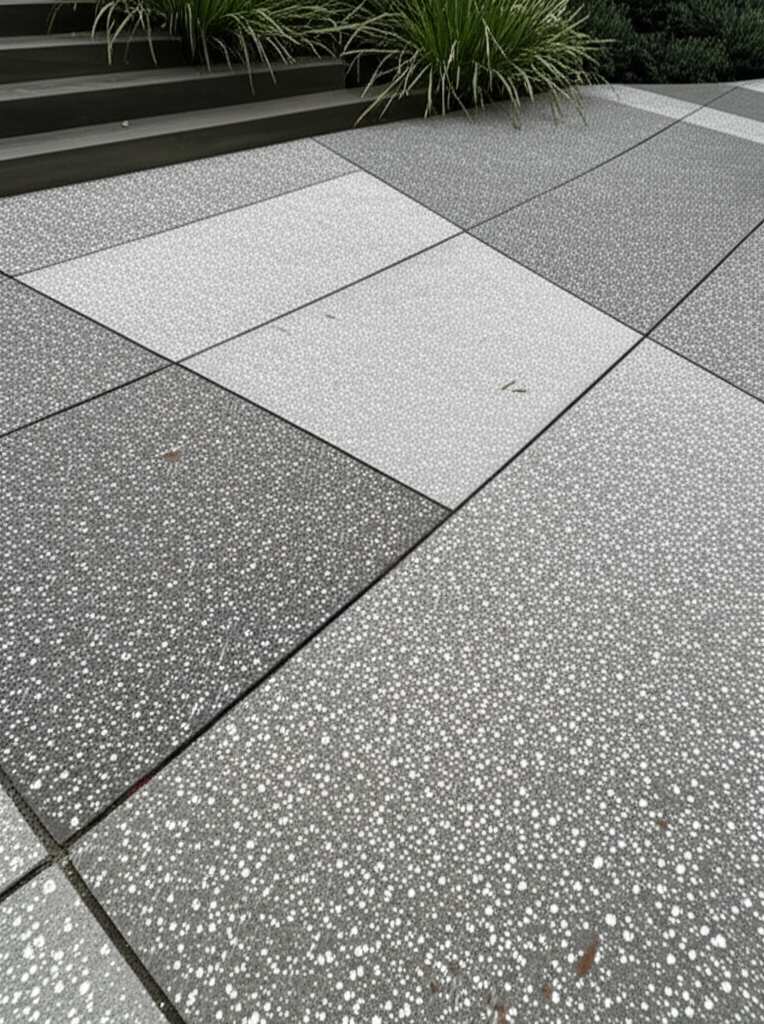Recycled Concrete: Crafting Beautiful Patios Without Breaking the Bank
Have you ever gazed at your backyard, envisioning a charming patio or winding pathway, only to hesitate at the thought of expensive materials like stone or brick? If so, there is a solution that blends affordability with style. Recycled concrete, often overlooked and piled up at demolition sites, offers a unique opportunity to create stunning hardscapes while keeping costs low and sustainability high. This material not only saves money but also infuses your outdoor space with character and a story of renewal.
Why Choose Recycled Concrete for Your Outdoor Projects
Recycled concrete stands out as a practical and visually appealing choice for hardscaping. Its inherent durability and resistance to weather make it comparable to new concrete or natural stone, yet it comes at a fraction of the cost. The irregular shapes and textured surfaces of broken concrete pieces lend a rustic, organic feel that pairs beautifully with garden settings, complementing everything from sleek modern designs to cozy, traditional landscapes. Moreover, opting for this material diverts waste from landfills, allowing you to craft an outdoor area that is as environmentally responsible as it is attractive.
Beyond aesthetics and eco-friendliness, recycled concrete is versatile. You can use it for patios, walkways, garden borders, or even small retaining walls. Its neutral gray tones provide a subtle backdrop that highlights surrounding plants and outdoor decor, ensuring your space feels cohesive and intentional.
Designing Your Hardscape with Purpose
Before you begin, take a moment to evaluate your outdoor area with fresh eyes. Walk through the space and consider how you use it daily: where do you need a path for easy access, a patio for gatherings, or a border to define a garden bed? Visualize how these elements can enhance both function and beauty, then sketch out a rough plan to guide your project.
Consider these ideas to inspire your design:
- Curving pathways that lead visitors through flower beds or around focal points like a tree or fountain.
- Compact patios for intimate outdoor dining or a quiet reading nook.
- Stacked borders to frame raised beds, adding height and structure to your garden.
- Low retaining walls to manage uneven terrain while adding visual interest.
Once your vision is clear, measure the areas precisely. Accurate dimensions help you estimate how much material you will need, preventing shortages or excess that could disrupt your workflow.
Sourcing Recycled Concrete Affordably
Finding recycled concrete is often easier than you might expect. Check with local construction companies, demolition contractors, or recycling centers, as they frequently have surplus material available. Some may offer it for free if you handle the pickup, while others charge a small fee for bulk loads. Focus on selecting pieces with consistent thickness for easier installation, especially for flat surfaces like patios or walkways.
When collecting the material, prioritize safety. Wear sturdy gloves to protect your hands, and use a wheelbarrow or durable containers to transport heavy pieces. If possible, bring a helper to make the process smoother and reduce physical strain.
Step-by-Step Guide to Building with Recycled Concrete
Preparing the Foundation
A solid base is essential for any hardscaping project. Start by clearing the designated area of grass, weeds, or debris. Dig down a few inches to remove topsoil, then add a layer of gravel or coarse sand to promote drainage and provide stability. Level this base carefully, as an uneven foundation can cause concrete pieces to shift over time, leading to cracks or tripping hazards.
Laying and Shaping the Material
Place the recycled concrete pieces as if assembling a puzzle, fitting them together to minimize gaps. The irregular edges add charm, but ensure each piece sits securely to avoid wobbling. If a piece does not fit, use a hammer and chisel to trim or reshape it, working slowly to achieve the desired size. For stacked elements like borders or walls, offset the seams between layers to enhance structural integrity.
Finishing Touches for Longevity
After placement, fill small gaps with sand or fine gravel to lock the pieces in place and improve stability. Tamp down the surface to ensure everything is even, and check for any loose spots that might need adjustment. This attention to detail during installation pays off with a hardscape that remains functional and attractive for years.
Nurturing Your Outdoor Oasis
One of the joys of using recycled concrete is watching it blend into your landscape over time. Moss may begin to grow on its surface, softening the harsh edges, while climbing vines or overflowing plants add bursts of color against the muted tones. Maintain the area with simple care: sweep away debris regularly to prevent buildup, and rinse the surface occasionally with a garden hose to keep it clean.
As you walk along a pathway or relax on a patio made from recycled concrete, you will appreciate the balance of practicality and creativity this material brings. It transforms your garden into a space that reflects personal style, mindful choices, and a commitment to reducing waste. Each project becomes a testament to what is possible when resourcefulness meets inspiration, rewarding you with an outdoor haven that evolves beautifully with every season.


